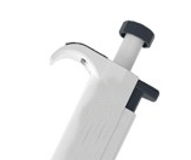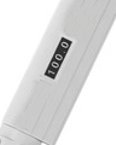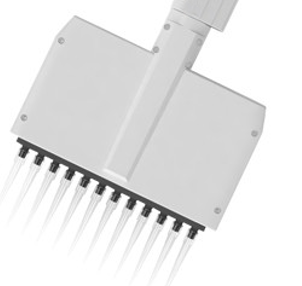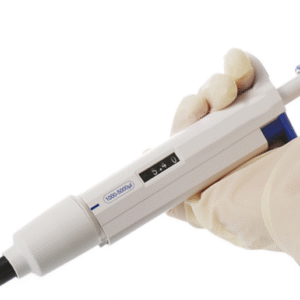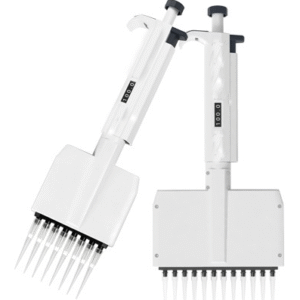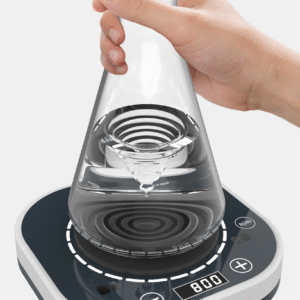Overview
A multichannel pipette, as the name implies, has multiple channels, usually including 8 – channel, 12 – channel, 16 – channel, and 24 – channel models1. It is widely used in biological, chemical, clinical experiments, and other analytical processes to collect and transfer liquid samples6.
Working Principle6
The working principle of a pipette is that the piston realizes liquid – suction and liquid – discharge through the telescopic movement of a spring. Driven by the piston, part of the air is discharged, and the liquid is sucked in by atmospheric pressure. Then, the liquid is discharged by the piston pushing the air.
Features and Advantages
- High – efficiency Liquid Transfer1: It can quickly complete the liquid – adding operation of micro – well plates, such as 24 – well, 96 – well, or even 384 – well micro – well plates, which greatly improves the experimental efficiency and reduces the time and labor cost of repeated single – channel pipetting.
- Accuracy and Precision2: The conical tips and pistons of high – quality multichannel pipettes are usually coated with high – quality coatings (such as DLC, diamond – like carbon), which can ensure accurate liquid – transfer and minimize errors. Each channel can accurately transfer a certain volume of liquid, and the liquid – suction volume of all channels is highly consistent, maximizing the operational reproducibility among different users.
- Ergonomic Design2: Most multichannel pipettes have an ergonomic design. They are equipped with replaceable grips of different shapes and materials, which can adapt to different hand sizes and left – or right – handed users. The design of the handle and control buttons is user – friendly, which can reduce the operating force and relieve work fatigue.
- Diverse Function Modes1: Some electronic multichannel pipettes have a variety of operation modes, such as automatic liquid – dispensing, liquid – transfer, liquid – mixing, dilution, sequential liquid – transfer, etc., which can meet different experimental requirements.
Types
- Manual Multichannel Pipettes6: They are operated by hand, with a simple structure and low cost, suitable for some laboratories with low – frequency use or budget constraints. For example, the KEWLAB KLB – 8CP manual multichannel pipette has 8 – channel and 12 – channel models, which are suitable for standard 96 – well plates, and the pipetting front – end can rotate 360 degrees for convenient pipetting.
- Electronic Multichannel Pipettes3: They are powered by electricity and have more functions and higher precision than manual pipettes. For example, the Thermo Scientific™ Finnpipette™ Novus electronic multichannel pipette has ten pipetting options, nine liquid – suction/liquid – discharge speeds, and can store up to 9 programs. It also has a full – size back – lit screen, which can improve the contrast in low – light conditions.




